Enslaved people were kidnapped from all across Africa, rare look at DNA from colonial cemetery reveals
In 2013, South Carolinians made the unexpected discovery of a Colonial-era cemetery holding the remains of enslaved people. Now, a genetic analysis of some of these individuals reveals their origins.
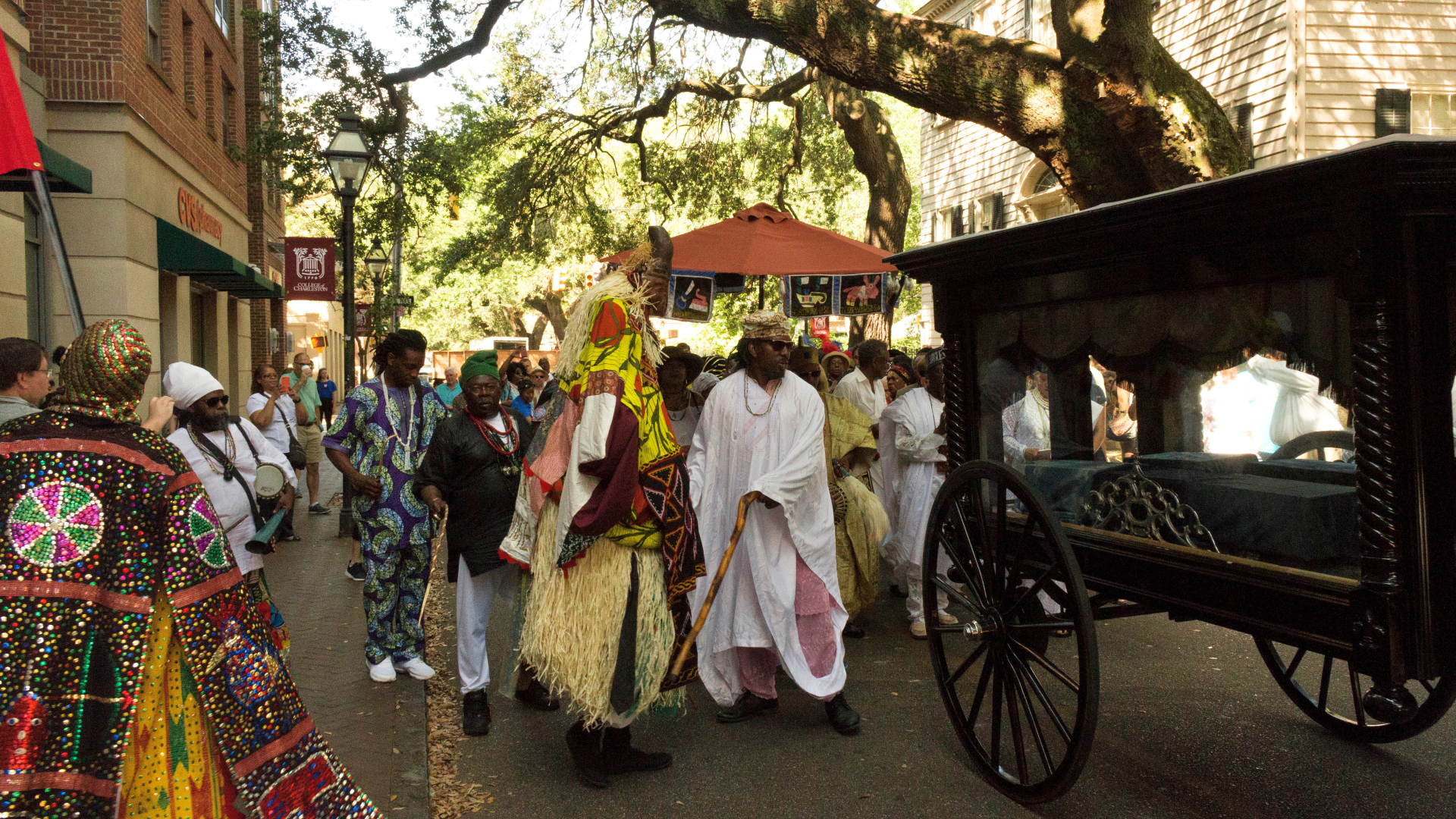
People enslaved during the 18th century in Charleston, South Carolina were kidnapped from all across Africa and denied the chance to be buried with kin, a new DNA analysis from a local cemetery has revealed.
The findings, published Monday (Jan. 9) in the journal Proceedings of the National Academy of Sciences by University of Connecticut anthropological geneticist Raquel Fleskes and colleagues, give critical new information about the history of African-descended people in colonial America.
Charleston was a significant port city that, according to the Trans-Atlantic Slave Trade Database, received close to 50% of all forcibly enslaved Africans who landed on the East Coast. Since very few African or African-descended skeletons have been studied to date, the new study is an important contribution to understanding enslaved people's life experiences in colonial North America.
In 2013, 36 graves were found in a previously unknown burial ground during renovations of the Gaillard performing arts center. Located in Charleston's historic Ansonborough neighborhood, the small 18th-century cemetery contained the remains of enslaved Africans. Prior to reburial, the Gullah Society, a nonprofit group that sought to document Black cemeteries, and the African American community of Charleston decided to pursue scientific analysis of the Anson Street Ancestors. They reached out to archaeologists and soon after created the Anson Street African Burial Ground (ASABG) Project to learn more about the individuals interred there and their ancestral origins.
Related: Underground Railroad secrets revealed with drones, lasers and radar
Of the 36 skeletons discovered, only 18 provided DNA samples sufficient for tracing their origins — and all but one of them had predominantly African ancestry. By comparing these people's genomes with reference samples, the researchers discovered that 12 likely had ancestors from West or West-Central Africa, five had ancestry from Sub-Saharan Africa, and one had ancestry from both West Africa and the Americas. Further, high levels of the element strontium in their teeth, which came from the water that they drank as youngsters, told the researchers that 13 people were not from Charleston but were likely born and raised in West Africa.
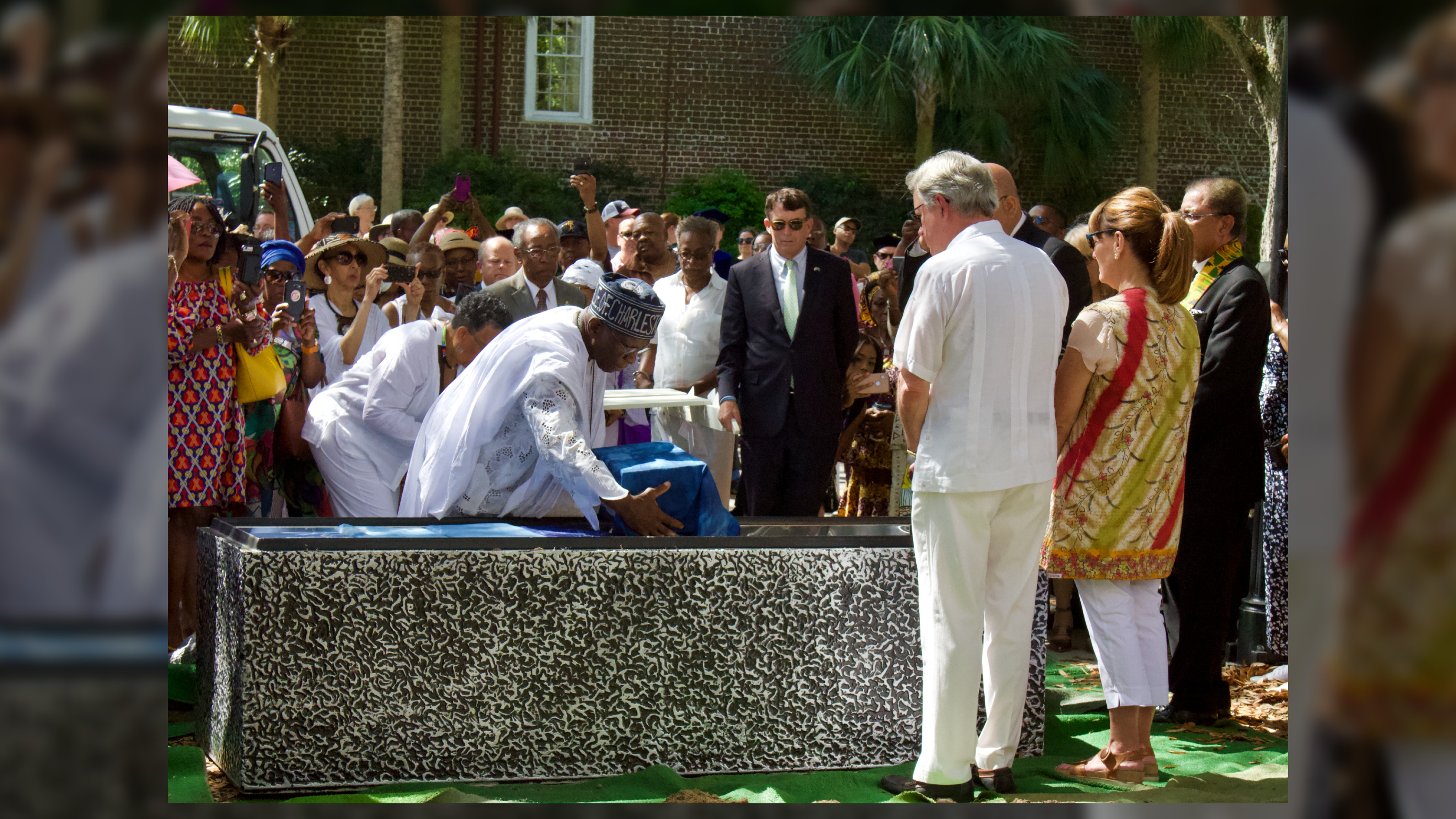
"The distribution of African ancestries among the first-generation African individuals indicates that they were being transported from disparate areas of the African continent during the last half of the 18th century," Fleskes and colleagues wrote in the paper.
Sign up for the Live Science daily newsletter now
Get the world’s most fascinating discoveries delivered straight to your inbox.
The community also wondered whether the Anson Street Ancestors were related to one another. Surprisingly, "the results revealed no autosomal kinship among the individuals analyzed," the researchers wrote, meaning they were not close biological kin. This finding, however, is consistent with other ancient DNA "findings from enslaved African individuals, reflecting the nature of structural violence experienced in enslavement."
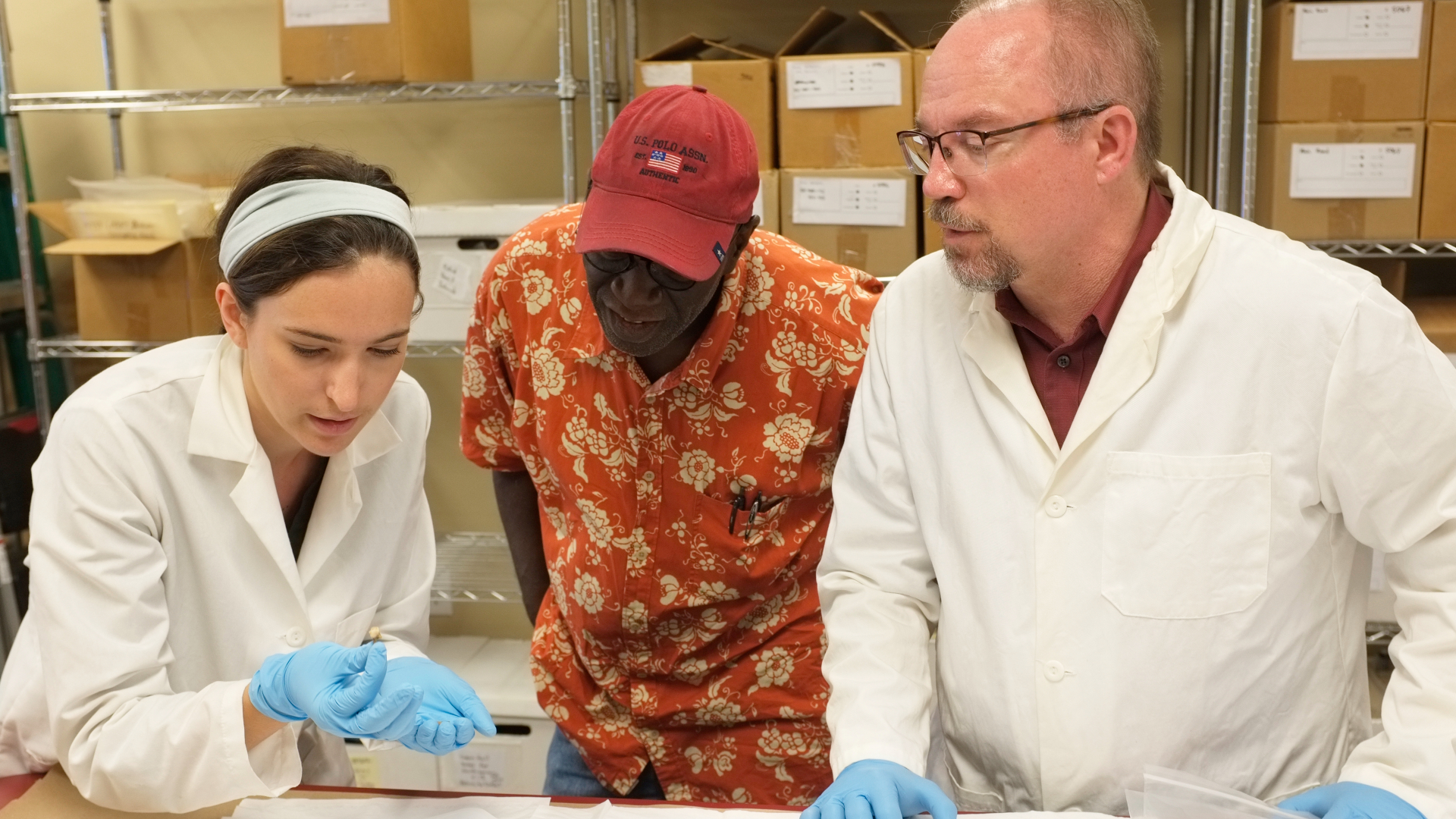
Slavery meant that biological families could be ripped apart, with children, parents, husbands and wives sold and sent far away from their loved ones. In the shadow of such violence, people may not have had the opportunity to bury family members.
The Anson Street Ancestors were buried in coffins along with objects such as coins, tobacco pipes and beads, according to Fleskes and colleagues' previous article in the American Journal of Biological Anthropology. "Kinship extends beyond the biological or genetic realm and is expressed in the types of care that we see in the grave goods," Fleskes told Live Science in an email. "This shared community comes about during shared life experiences, lived histories, and relationships — family, friendship, spiritual, or otherwise."
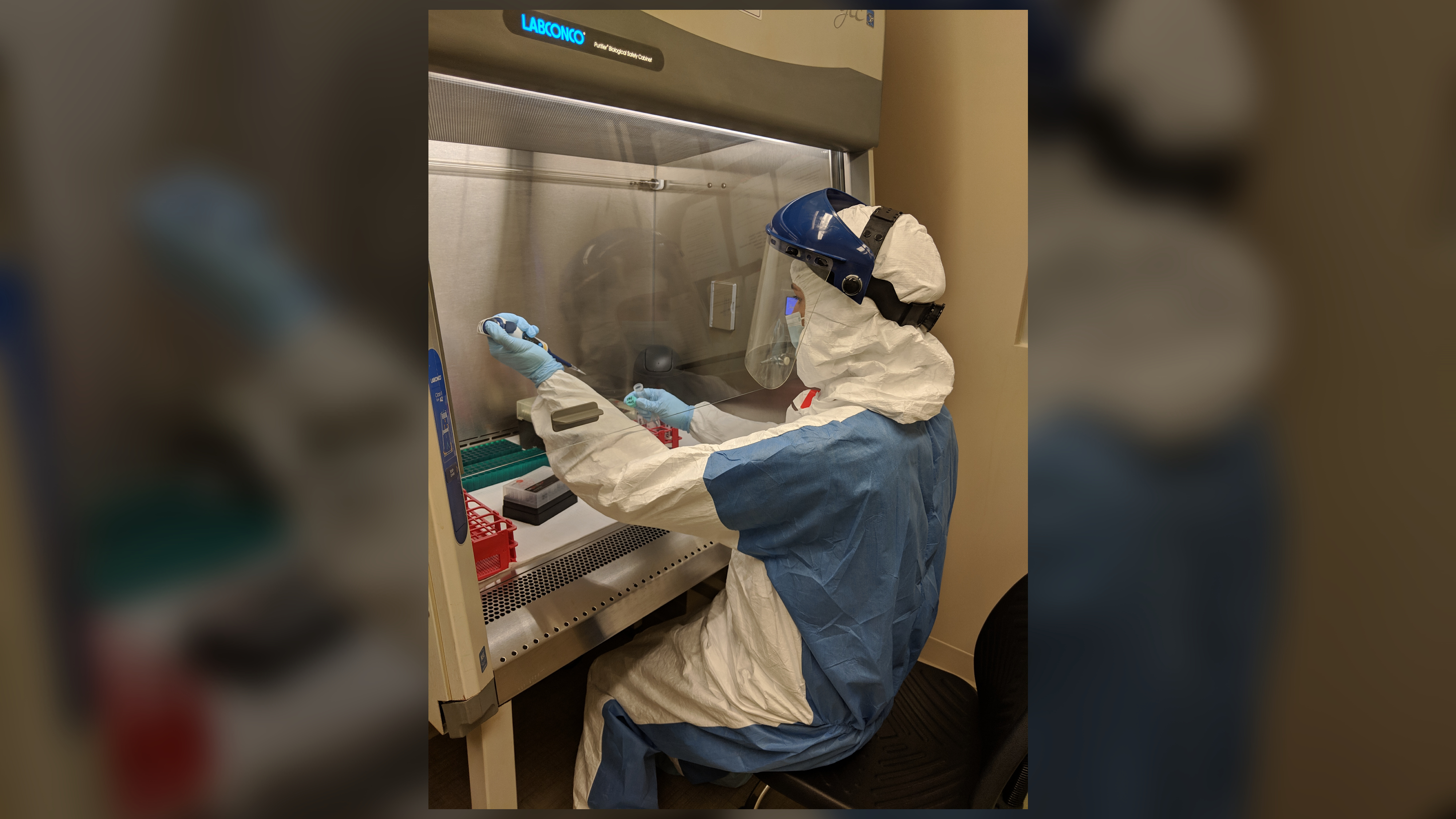
The mitochondrial DNA of one intriguing individual, who has been named Coosaw, suggests a maternal lineage that included an Indigenous North American ancestor. According to the researchers, Coosaw's unique background "attests to a multigenerational presence of African-descended individuals in the region who interacted with Indigenous North American individuals in the early colonial South."
Another adult named Ganda was born in Africa and only lived a short amount of time in the Americas, they found. Hailing originally from West Africa, likely in the area of Ghana, Ivory Coast or Sierra Leone, Ganda's upper incisor teeth were filed. "We hypothesize that his teeth were likely filed while living in Africa," Fleskes said, "as this practice is more commonly enacted in coming-of-age ceremonies there."
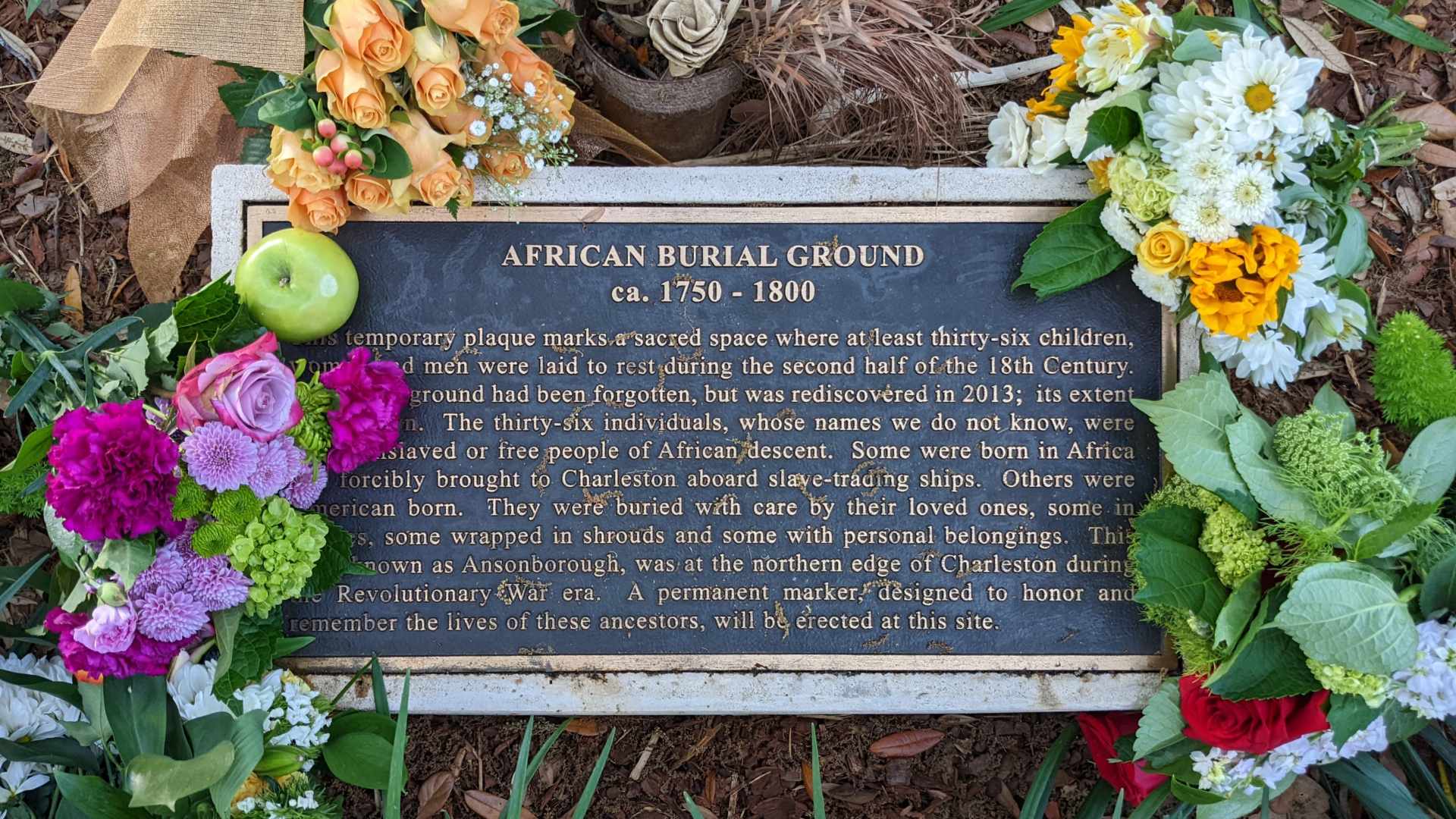
Other ancestors revealed evidence of daily activities in their teeth: round indentations were found in the teeth of three men and one woman, all locally-born individuals, who wore their teeth down over time by clenching a pipe in their mouths.
The combination of ancient DNA, strontium and skeletal analyses has given Fleskes and her colleagues unprecedented information about African-descended people in Charleston during the time of the trans-Atlantic slave trade. More importantly, however, the researchers have developed a close working relationship with community members to create a truly collaborative project that focused on descendants' questions about their ancestors.
The Anson Street Ancestors were reinterred in 2019, after the Charleston community gave the ancestors African names and celebrated their lives.

Kristina Killgrove is a staff writer at Live Science with a focus on archaeology and paleoanthropology news. Her articles have also appeared in venues such as Forbes, Smithsonian, and Mental Floss. Killgrove holds postgraduate degrees in anthropology and classical archaeology and was formerly a university professor and researcher. She has received awards from the Society for American Archaeology and the American Anthropological Association for her science writing.









